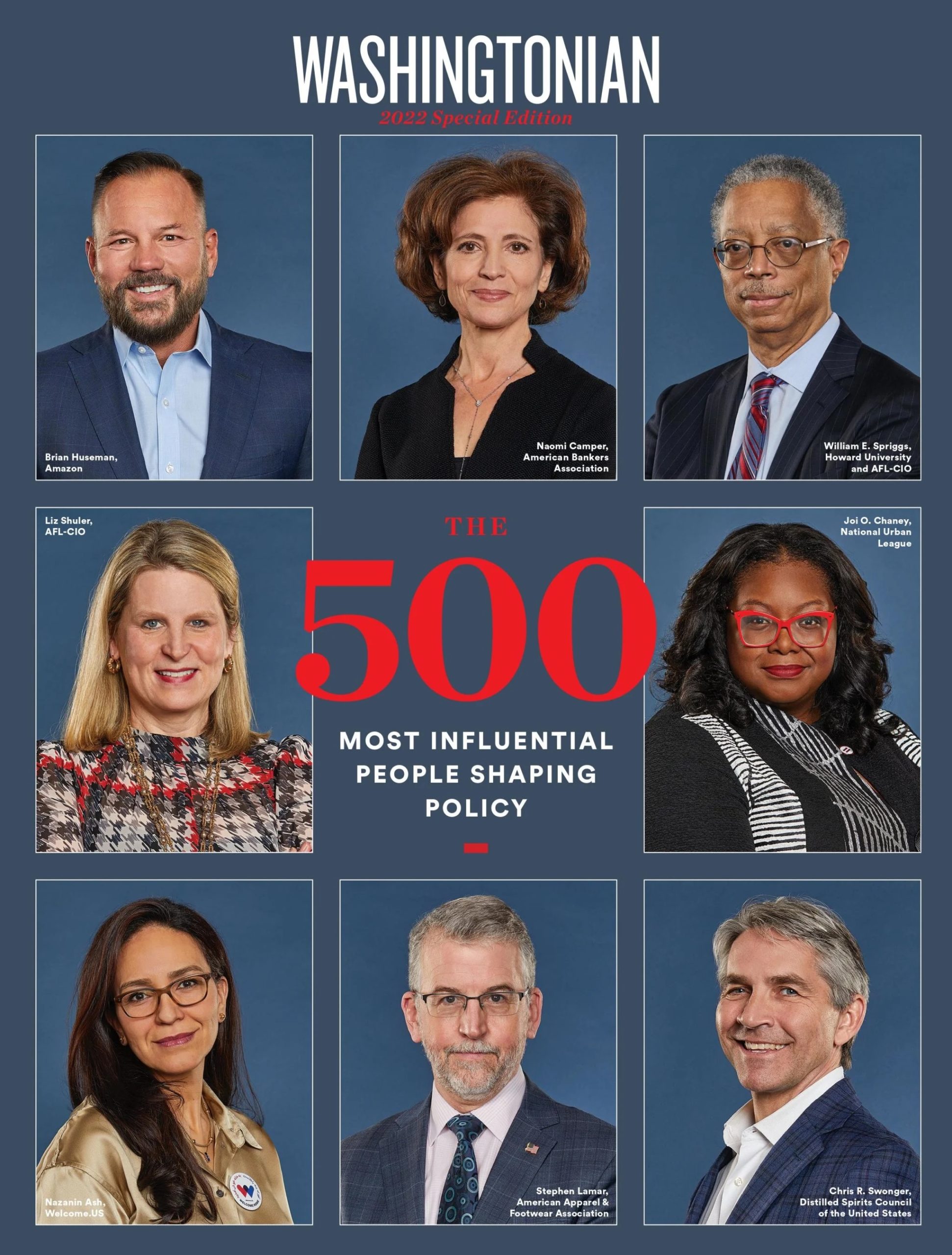IGSD and Collaborators Recognized for Climate Work in Washington DC’s 500 Most Influential People
IGSD
/
03 May 2022

3 May 2022, Washington, DC — IGSD President Durwood Zaelke and IGSD media strategist Paul Bledsoe were recognized among Washington DC's 500 most influential people shaping policy. Durwood and Paul were recognized for their efforts in climate and environment alongside 14 others.
Two of IGSD’s frequent collaborators, George David Banks from the Bipartisan Policy Center and David Doniger from NRDC, also were recognized.
“With the urgency of the climate crisis, it’s critical for policymakers to focus on cutting the short-lived super climate pollutants to slow self-reinforcing feedbacks as fast as possible to avoid irreversible tipping points, and this recognition will help,” said Durwood Zaelke.
